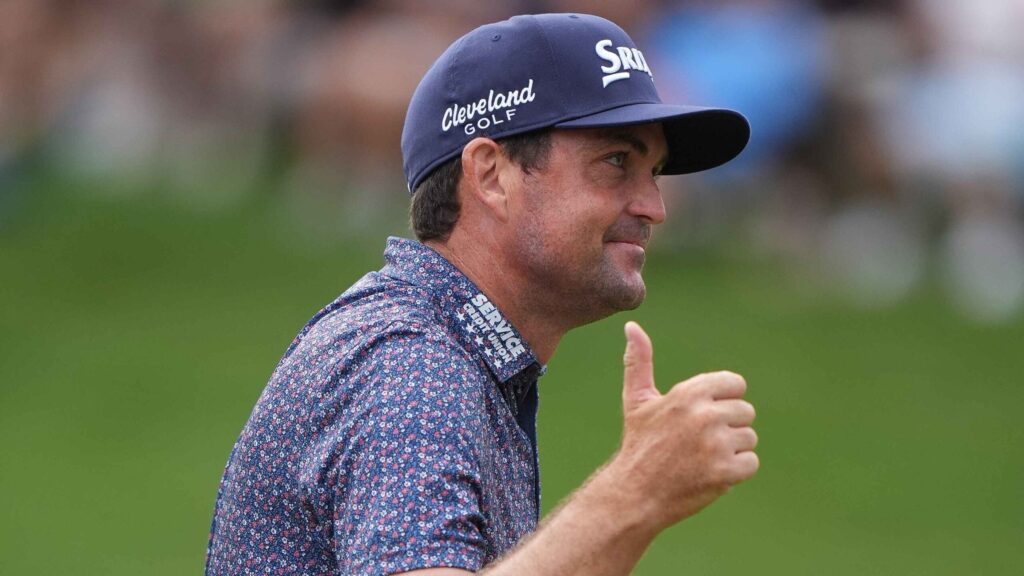The best possible thing Keegan Bradley could do, to make next month’s Ryder Cup at Bethpage Black even more interesting, would be to name himself as a playing captain when he announces his half-dozen captain’s picks Wednesday morning. Why? Because it would make next month’s Ryder Cup at Bethpage Black even more interesting.
The Ryder Cup is essentially a meaningless golf competition that attracts the interest of innumerable people across the world, including millions who are nominally golf fans, if that. In other words, the fundamental value of the Ryder Cup is to expand interest in golf. If Bradley, in an audacious act of immodesty, appoints himself to the team, he will only increase the audience for this 45th playing for the wee trophy, with a wee golfer on its lid.
Bradley, a feisty son of New England, played his college golf at St. John’s University, 25 LIE miles away from Bethpage Black. The Black course is within earshot of the Media Capital of the World — New York, N.Y. Golf could not have a bigger megaphone. The event will feature golfers from the PGA Tour, the DP (aka European) Tour and LIV Golf, all in one place. That’s good for golf.
Does Bradley deserve a place on the team? Of course he does. He’s clearly one of the 12 best American golfers at it today. But by putting himself on the team he’s saying a couple things. The first is that the team is better with me on it than not. The second is, our team is so good we can afford to have a captain who is distracted by his playing responsibilities and a player who is distracted by his captaining responsibilities.
In 1967, Ben Hogan was the captain of the U.S. team, when the Ryder Cup was held in Champions Golf Club, in Houston. Introducing his team he said, “Ladies and gentlemen, may I introduce to you the finest golfers in the world.” That’s always the confident American message, spoken or unspoken. If Bradley puts himself in the 12-golfer lineup, that implied message becomes the bulletin-board quote heard ‘round the world. How fun! Ryder Cups are all about the fun. The red-cheeked, stomach-exposed, forehead-painted fun. C’mon, Keegan!
The last time there was a Ryder Cup playing captain was in 1963, Arnold Palmer at the helm. That was at East Lake. The Americans had five rookies, and Jack Nicklaus was not on the team. (He was not yet a five-year member of the PGA of America, then a requirement to be on the team.) The Americans, then facing a team comprising British golfers only, won by an uncomfortable margin, 23-9.
Keegan can put himself on the team and come out swinging. That’s what the Ryder Cup is all about.
***
3 Things I’m Thinking:
Missing Mickelson: This Ryder Cup was supposed to be the one that Phil Mickelson captained, adopted son of New York, for his various near misses in the Empire State. Or was this supposed to be Tiger’s turn? In any event, just goes to show: Nobody knows anything.
This is personal: The Ryder Cup is, of course, a match-play event. Your opponent is in your face, and vice-versa. As Tom Lehman, a former U.S. captain, once said, “If we played match play every week, we’d be as bad as the tennis players.” In other words, head-to-head, the golf becomes intensely personal. That is the core emotion of Ryder Cup golf. It’s not business. It’s personal.
Dial back the Black: Bethpage Black, all stretched out, can play to 7,500 yards. The U.S. team is in control of how the course is set up. For match-play golf, a 6,900-yard course would be way more interesting. When the
Discover more from 6up.net
Subscribe to get the latest posts sent to your email.


